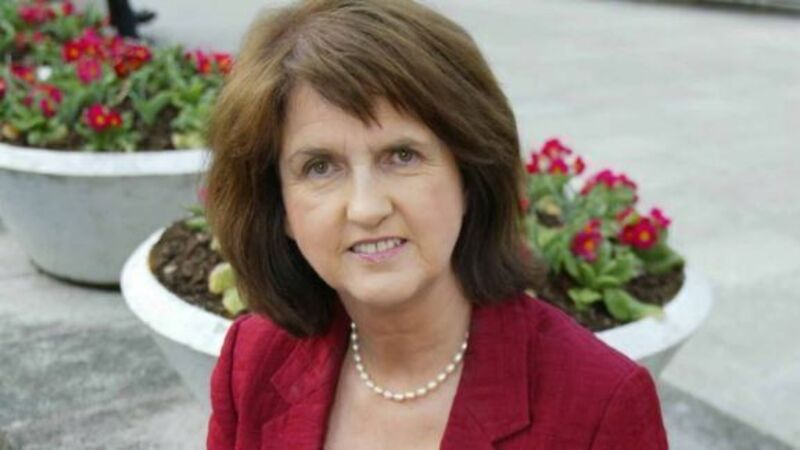Burton fighting to lead discredited and dying Labour

Probably not for the women of Ireland anyway, even though the two Dáil by-elections pushed the number of female TDs to a new all time high of — wait for it — 27 out of 166.
That’s a whopping 16.3% of the main house of the legislature.















